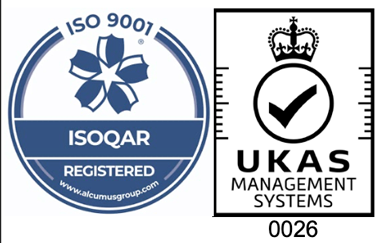Don’t let your barriers erode: top tips for choosing the right rubber fenders
30th September, 2019
Rubber fenders are protective barriers used mostly in the marine industry. They absorb collision energy during ship-to-ship (STS) contact, and between a vessel and the dock.
Choosing the right rubber fender is crucial. The conditions in which the fender must function could be drastically different depending on the application at hand – and in the maritime sector, applications can vary greatly depending on the size of the vessel, the environment, and more.
In this blog, we’ll take you through our top tips for choosing the right rubber fenders, so you can continue to keep yourself safe and minimise damage to your vessel.
Understand that vessel dimensions have an impact on fender choice
The type of fender you’ll need will depend on the size of vessel you have. A 100,000 tonne cargo ship may be better suited to pneumatic rubber fenders, for example, which play a significant role in reducing damage to the exterior of a vessel during ship-to-ship contact.
W-fenders – named due to their ‘W’ shape – are often suited to tug-boat applications, thanks to their ability to fit the form of the stern/bow of the other boat.
As a general rule; the bigger your vessel, the bigger the fenders you will need.
Check the type of port you’ll be berthing at
Ports vary in terms of function, size, and permissible vessels. When deciding which fenders are best for your application, consider the port you most frequent, and its structure – dolphin, monopile, jetty, and quay wall are some of the most common.
Dolphin terminals use poles designed to assist vessels in the berthing process. The fenders used for this specific application tend to be made from super cell rubber.
Jetty terminals – also referred to as floating terminals – aren’t as hardy as they are designed to float. These terminals are used to buffer passenger ships into port.
Understand your local marine environment, or the one in which you travel most frequently
If you berth your vessel in a port which experiences high and low tides, it’s important to choose the right fender for this application. Typically, fenders on smaller boats will be applied vertically, ensuring the vessel can still berth at low or at high tide.
Windy and wavy seas can cause issues at the port – consider choosing an elongated V-type fender, super cone, or super cell fender equipped with frontal frames in order to avoid your vessel bumping into the port wall.
You’ll also need to take temperature into consideration – if you spend a lot of time in the Indian Ocean, you will need fenders made from a different compound than that of a vessel which spends most of its time in the Arctic Ocean.
Fenders from Aquaseal Rubber
Speak to Aquaseal Rubber today about fenders of all kinds for your vessel – we specialise in rubber D fenders in a range of sizes.
Telephone us on +44 (0) 191 266 0934, or send an email to enquiries@aquasealrubber.co.uk.


